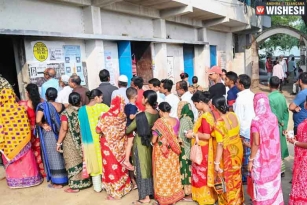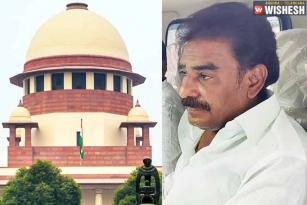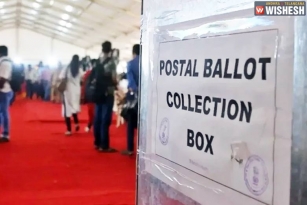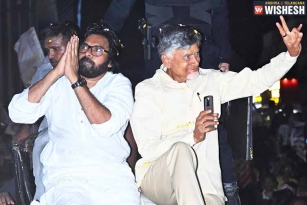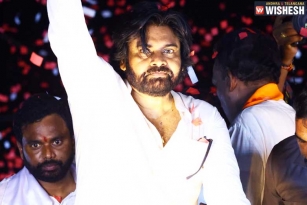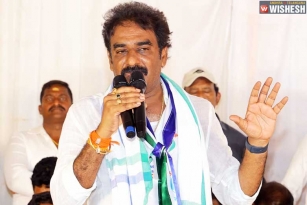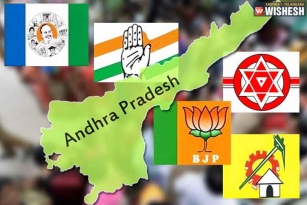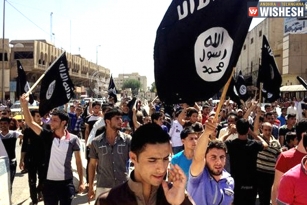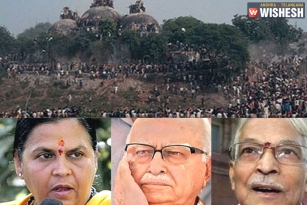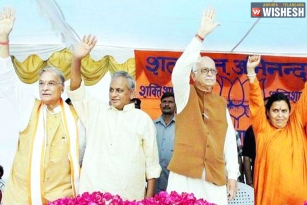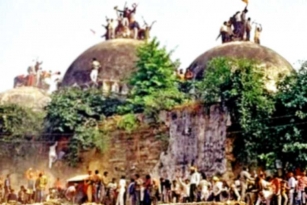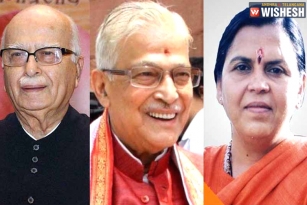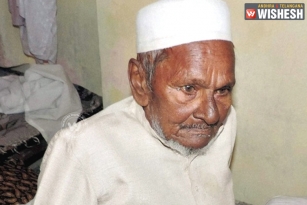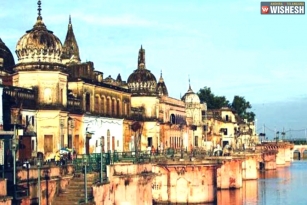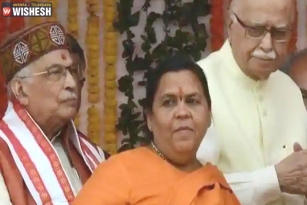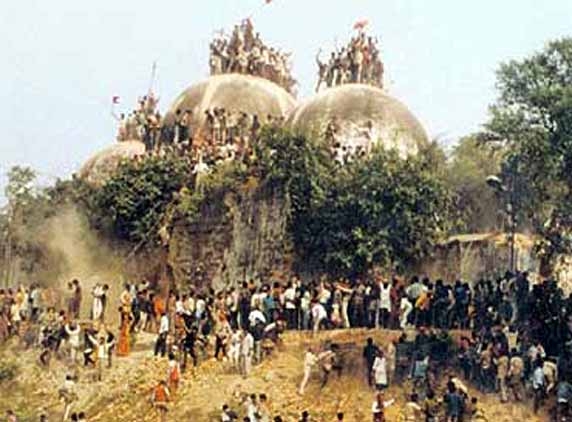
Babri Masjid demolition, often regarded as a Black Day in Indian history, today has finished 20 years in time but the incident remains fresh as new. The story behind the Black Day was narrated in the book, The Dark Night by Authors Krishna Jha and Dhirendra K Jha, which is to be released soon next month.
The authors have spoken to several survivors of the incident, eyewitnesses, and the closest kith and kin of the prime characters of the case. One single event on December 22nd 1949 at 11 pm when the darkness loomed over the skies of Ayodhya, had changed the course of Indian Political history.
In the book the authors tried to articulate the bits and pieces of information available to form an intricate story that links the incident, individual players using the incident for personal gain, the political nexus and their connivances, and how the right-wing tried to turn tables while aiming to portray Hindu Mahasabha as the major political player in post-independent India.
On that night, Baba Abhiram Das, a burly six footer sadhu from the Nirvani akhara, along with three others went into the mosque and converted it into a temple overnight. Abhiram later became popular as Ramjanmabhoomi Uddharak or Uddharak Baba.
Abhiram was to be accompanied by another sage, Baba Ramchandra Das Paramhans, who would both join with Vrindavan Das another sadhu who would later bring the idol of Lord Ram. The three would go inside the mosque, place the idol under the dome of the holy place and take control until the next morning. By the next morning, more sadhus and hundreds others would voice their support marching towards the mosque turned temple. However, it was found out that Paramhans, who has earlier proclaimed that he installed the idol, was not present on that night.
In the book, the authors explained that Paramhans' absence didn't bother the group who went ahead with the plan. Muezzin Muhammed Ismael who was in the mosque was beaten and forced to flee from the mosque. Gopal Singh Visharad, Faizabad unit president of the All India Hindu Mahasabha, who knew the plan was at a printing press, printing posters and pamphlets to make the news reach the far corners of the country; The Miracle of Ram Lalla to reclaim Babri Masjid.
The sun on the next day rose along with Ram Lalla vociferations from the mosque. The DM of Faizabad, K K K Nair, a rightwing leader with a penchant to Hinduism had reached the spot by the wee hours of the morning but he informed his officials about the same at 9 am to ensure that the Mosque was completely under control. It has also been learned from the book that he had planned the whole thing a day before with the sadhus at a nondescript Ayodhya temple, Jambwant Quila, to finalize the plan.
Mahant Digvijai Nath, whose followers were associated closely with the surreptitious plans, was made the all India party general secretary the very next day. He was hailed by the book to be the primary strategist of the coup detat. The ulterior motive of the party's involvement originally was to mobilize the rightwing which failed and resulted in the demolition of Babri Masjid in 1992.
(AW- Anil)



